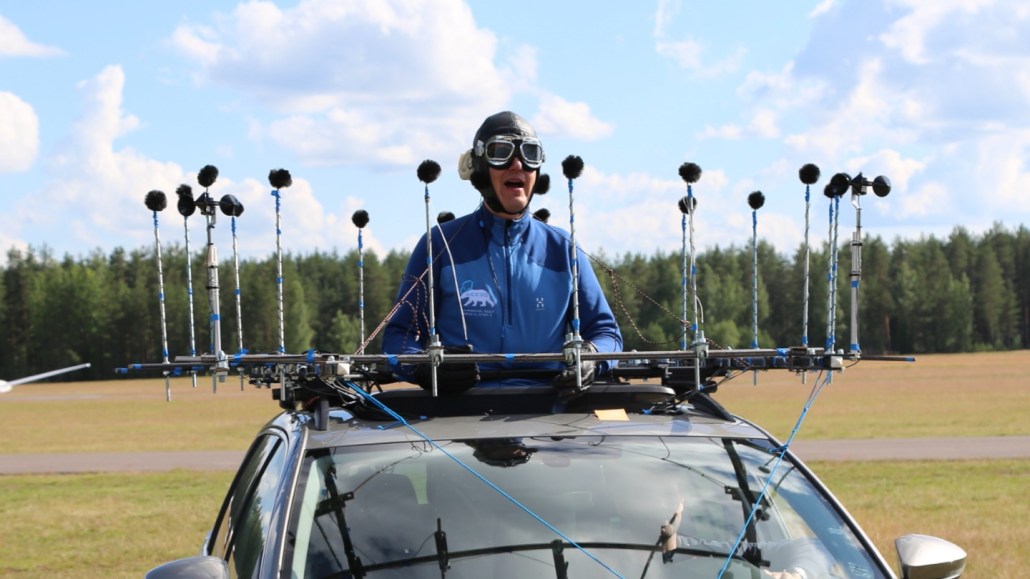acoustics: The science of sound.
amplification: (v. amplify) The act of intensifying something, such as increasing the number, volume or some other measure of responsiveness.
downwind: A designation for the location of something that is exactly opposite to where the wind is coming from.
idiom: A culturally specific word or phrase that will be commonly understood among one group of people, but may not translate clearly into another culture or language. For instance, in English "to give up the ghost" or "to kick the bucket" both mean "to die." Similarly, "the apple of my eye" refers to someone who is another's favorite.
pitch: (in acoustics) The word musicians use for sound frequency. It describes how high or low a sound is, which will be determined by the vibrations that created that sound.
scenario: A possible (or likely) sequence of events and how they might play out.
tone: (in acoustics) The pitch of a sound, especially for musical notes.
upwind: A designation for the direction from which winds are blowing.








